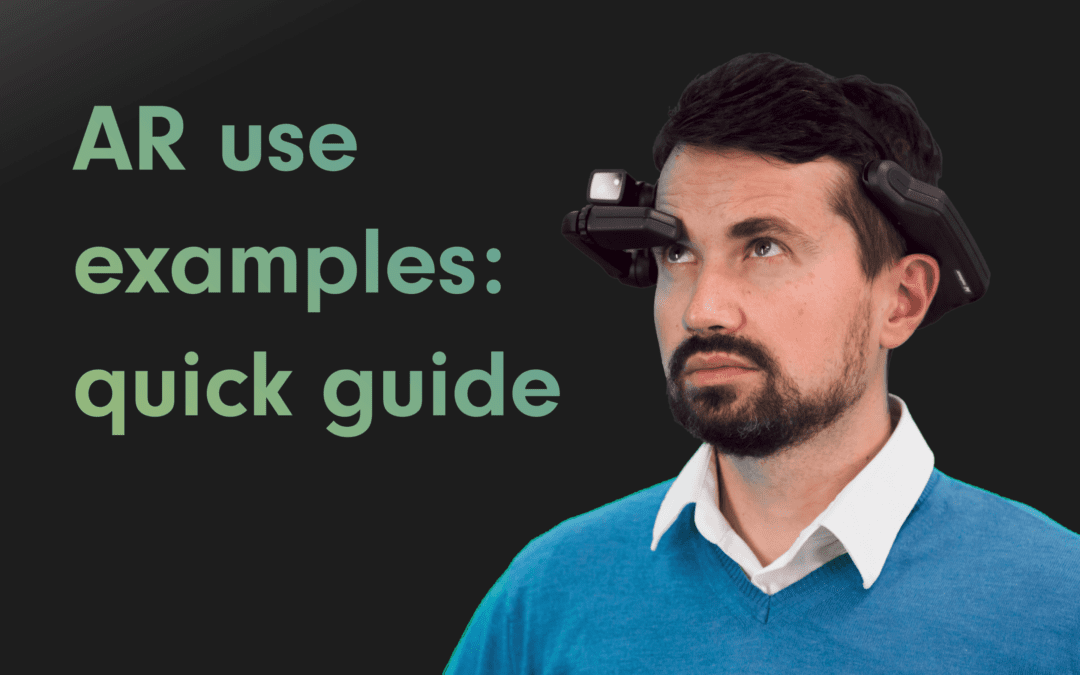Virtual reality systems and related software hold great potential, not only for entertainment, but more importantly – for business and industry, as well as the education sector. But did you know that virtual (or VR) doesn’t mean the same as augmented (AR) and in this post, we hope to clarify this difference for you.
So, the question is: how AR works?
First and foremost, let’s address an important issue of the technical matter. By choosing between virtual and augmented reality, the potential user is, in fact choosing between different devices and features, which means that the final decision should depend on the needs he or she has. That is the key information that applies to all types of immersive gear.
What innovative solutions does AR offer?
For example – if you’re looking for something that will be accessible and very easy to use, as well as much more economically friendly for your business budged – AR seems like a good choice. After all, it is made mostly for mobile devices, like smartphones or tablets, which nowadays can scan and read the space in real-time mode with gyroscope and cameras.
AR isn’t something that will allow the user to “hop” into the virtual world and interact with many objects using accurate physics. This is definitely something that we want from VR while operating with controllers. Also, it isn’t the same thing as GearVR type of technology, that allows us to put our smartphones into the specific type of goggles and change them into VR screens.
Augmented reality can be useful not only for education, industry and logistics, but also for medical procedures. Surgeons and doctors can easily benefit from this technology during preparation for surgery or during patient exams.
More than that augmented reality serves as an immersive information-library that can display any data or media in your camera when activated by some sort of shape, code or other triggers. This is a very popular solution in museums and educational institutions. The simple camera-based app, some sort of AR print (paper cards or gazettes with codes and symbols that AR will recognise – for example, popular QR codes).
If you’re still wondering about how AR works for schools, here are also Illustrative augmented reality applications for education, which are gaining popularity in primary schools as an innovative teaching aid. This kind of software helps young students to see what they can read about – shapes, numbers, letters, or even more complex objects, such as planets, animals, types of land or sky features (clouds, stars)
Among other AR utilities besides education, we have many marketing possibilities of visually engaging advertisements or campaigns, using 3D models that can be animated. Some companies have already tested this kind of innovation and made interactive product labels which are moving or changing when a customer decides to look at them through the smartphone camera lens.
Augmented reality has also been introduced to the e-commerce sector, in which 3D representations of products – furniture or clothes – can be fitted on the user or inside the buildings. It just makes shopping much more individual and accurate, decreasing the possibility of having an error or simply eliminates the need for returning the chosen product because of its size or color.
If you want to find out more, feel free to visit our BCUBE Projektlogistik case study with smart glass technology use example for the logistics. If you are looking for advice or have some questions about virtual reality use, please contact us through email or just call.

